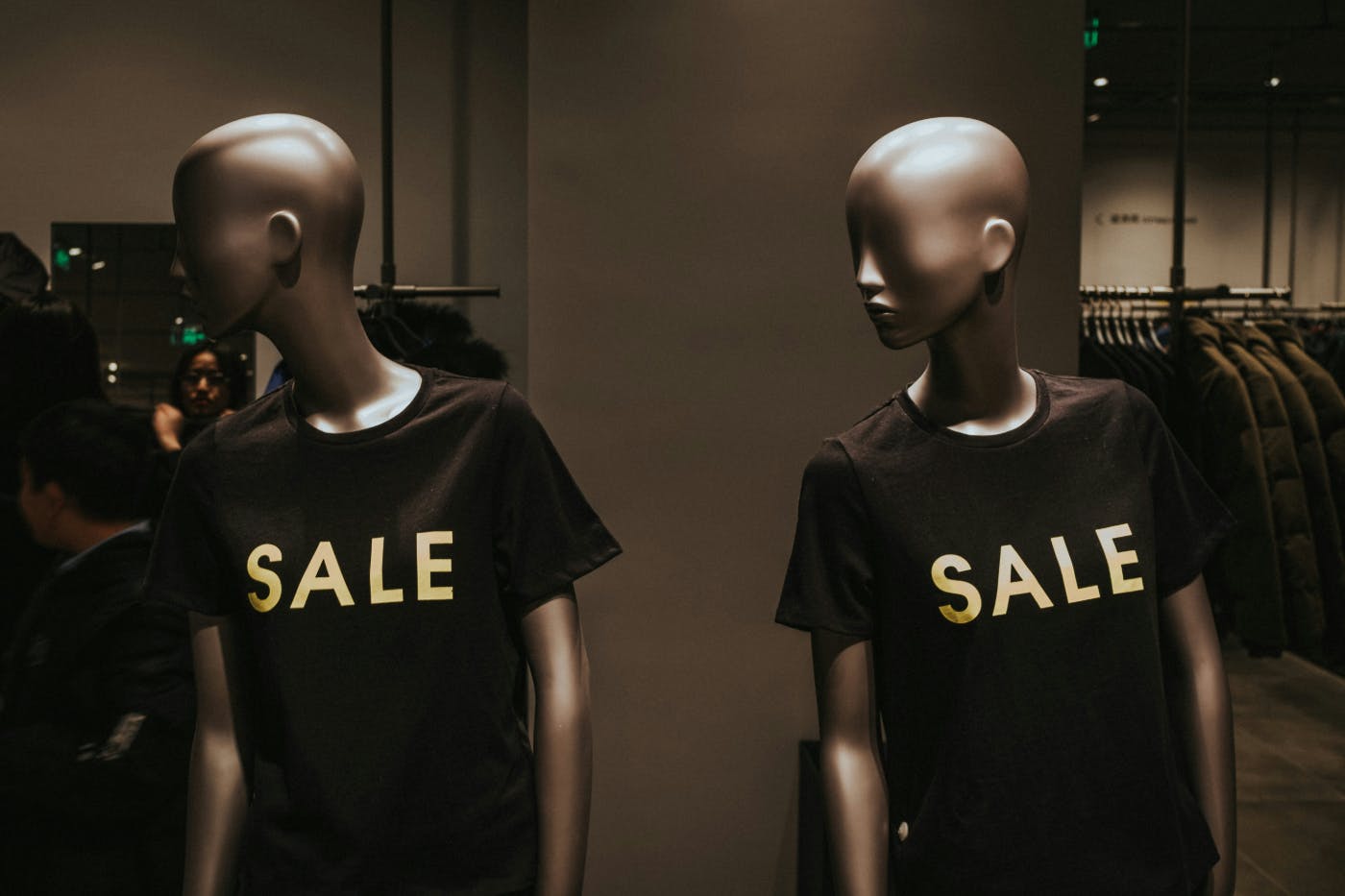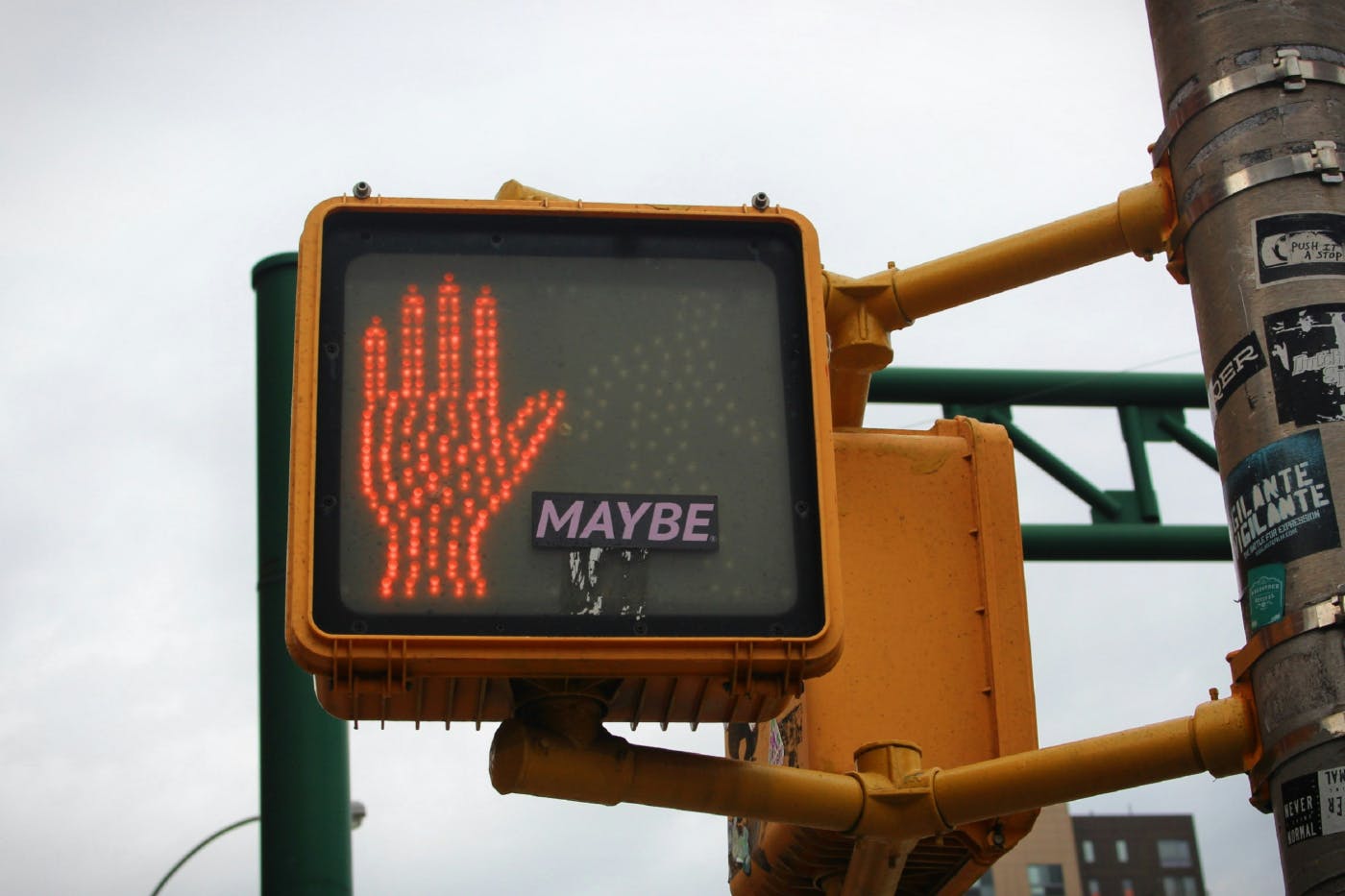
That’s where brands step in—not just to sell, but to soothe. To offer a story, a stance, a sense of certainty in a world that won’t sit still.
I love coffee. In the morning, while working, I will usually drink between 2 and three hundred cups of coffee. Days off, I can drink coffee all damn day. I love it. The taste, the ritual, the whole shebang. Coffee, coffee, coffee.
A few years back, I was standing in my kitchen, willing the electric percolator to hurry up so I could have my fix, and I noticed my hands were shaking. Then I realized my entire body was vibrating, and it worried me. So, like any good, brainwashed American, I ran to Google to find out what was what. Is coffee bad for you? The answer was the usual vagueness, but I did see a section that said too much coffee can cause jitters. I knew this, but I also knew there was no such thing as too much coffee. Still, I didn’t like feeling this constant jolt going through my body, so I reduced my coffee intake.
I got my coffee under control, but I still wondered what the effects were on my body. Back to Google and I found an article that said, “doctors now believe that coffee is good for …” I paraphrased that, but the gist of it was that coffee was good. Not bad. Good. Yum, yum, yum, drink, drink, drink.
Fast forward one year, and I see an article in HuffPost saying doctors say coffee is bad for you. Oh No! What will I do now? I cannot stop drinking altogether, and I don’t have the kind of dough it takes to go into rehab. I was deeply saddened that I would have to give up coffee. Turns out, I had no need to worry.
Literally one day later, same publication, an article saying some coffee is actually good for you. “Some” wasn't defined, so I figured I could decide what that means to me on my own, and I happily fired up the ol’ percolator and settled into some serious day-long coffee consumption.
Two days later: coffee bad. Another week: coffee good.
And so it goes. One day, coffee is good for you, one day some red wine is the best thing for you, and pasta is still bad. But the thoughts change so often, what are we to believe, and why do we find it important? I don't know, it troubles me, and so, like other things that trouble me, I decided to write about it. How easily we, as the consuming public, get caught up in these kinds of problems, what’s good, what’s bad, and how do companies use that in branding and marketing to get us to the table, and our jittery little hands clamped around evil cups of coffee.

The Cycle of Certainty and Doubt
We humans do not like a question mark. We crave answers—clear, crisp, unchanging answers. Is this good for me? Is it bad? Should I buy it? Should I run from it like it’s on fire?
But the world isn’t built like that, especially not the scientific world. Scientific research isn’t a final verdict—it’s a conversation that evolves over time. And because we live in a fast-moving, constantly connected world, we’re exposed to every whisper of that conversation. One study says coffee extends your life. Another, three weeks later, says it shortens it. Meanwhile, a third points out that both those studies were done on lab rats who never even drank coffee.
And yet… we latch on. Every headline becomes a decree. Eggs are bad. No, eggs are good. Wait, they’re only good if they’re pasture-raised and you name them Kevin. Red meat is the villain until it’s paleo. Wine is poison until it’s French. This whiplash isn’t just annoying—it’s exhausting. And in that exhaustion, we start looking for someone—anyone—to make sense of it all for us. We want clarity, we want confidence, and more than anything, we want someone to just pick a side.
That’s where brands step in—not just to sell, but to soothe. To offer a story, a stance, a sense of certainty in a world that won’t sit still.
The Branding Opportunity in Confusion
In the chaos of changing narratives, brands don’t panic—they pivot. Confusion, for a savvy marketer, isn’t a problem. It’s an opportunity.
When science goes back and forth, brands can go forward, staking a claim in the noise. Some double down on certainty: “Our coffee is backed by research!” Others market rebellion: “Sick of experts? Trust your gut—and us.” Either way, they’re not waiting for a scientific consensus. They’re crafting a story you can believe in, or at least buy into.
That’s how we end up with terms like “clean,” “natural,” “functional,” “immune-boosting,” and the ever-popular “clinically studied,” which is not the same as clinically proven, but let’s not get picky. These phrases don’t have to be nailed to hard science. They just have to sound good, feel safe, or align with whatever belief we’re currently clinging to.
The result? A marketplace full of products that promise peace of mind, not just benefits. Your almond milk isn’t just dairy-free—it’s hormone-free, ethically sourced, approved by a lifestyle blogger who glows in every lighting condition. Your toothpaste isn’t just minty—it’s backed by ancient wisdom and small-batch monks.
In an age of doubt, belief becomes the product. And the brands that win? They’re the ones who figure out not just what to say, but when to say it, and how to say it loud enough to drown out the rest.

Trust as a Brand Strategy
When facts start to feel like a moving target, trust becomes the real currency.
We don’t always buy the most scientifically supported product. We buy the brand we trust—the one that feels familiar, consistent, and like it has our back. Even when the science changes, we stay loyal to the story.
That’s how we get brand devotion that borders on the irrational. We don’t just like our favorite oat milk—we believe in it. We evangelize for our skincare line like it cured us of something spiritual. And when someone questions our chosen brand of coffee? We take it personally. Because in a world of unstable “truth,” our brand becomes our anchor.
Some companies understand this and play the long game. Brands like Patagonia (I know, I know… if I love Patagonia so much, why don’t I marry it?) have built loyalty not just through quality, but by aligning their values with their customers’. They don’t need to follow every trend or research paper—they’ve already staked a claim on something bigger. They’ve become trustworthy.
On the flip side, when a brand flip-flops or panders too obviously to every new trend, we smell the desperation. And nothing erodes trust faster than desperation dressed up as innovation. Authenticity matters, but consistency is what keeps people coming back.
In the end, we’re not just choosing products. We’re choosing who to believe in.
Branding and the Psychology of Comfort
We like to think we make decisions based on facts. But most of the time, we make them based on feelings, and then go hunting for facts that back those feelings up.
It’s like emotional confirmation bias with a shopping cart. We already want the thing, but now we just need permission. So we skim a few articles, skip past anything that contradicts our desire, and screenshot the one line that says “in some cases, moderate consumption may be beneficial,” like we’re citing the Constitution.
Brands understand this reflex, and they feed it. They don’t always try to win the debate. They just give you the ammo to win your own internal debate. They hand you just enough data-sounding language to make your craving feel justified. “Doctor-recommended,” “proprietary blend,” “studies suggest”—these phrases are less about science and more about soothing the part of your brain that wants to feel smart about indulging.
Because let’s face it: most of the time, we aren’t asking, “What’s true?” We’re asking, “Can I still have this thing and feel okay about it?”
That’s why the experience of a brand often matters more than the product itself. It’s the reason espresso in Italy, laced with a horrifying amount of sugar, feels sophisticated and life-affirming, while drip coffee in a foam cup feels like you’re trying to survive a Monday. The ritual is the product. The vibe is the value.
Smart brands know this. They sell comfort, identity, and routine. Dunkin’ doesn’t ask you to ponder antioxidants or bean origin—they hand you a giant cup of familiarity. Starbucks doesn’t sell coffee as much as it sells control—you get to order something exactly the way you like it, using a personal dialect of half-caff, oat-whatever, no-foam performance poetry.
And then there’s Olipop—the soda that’s not soda, except it totally is. It tastes like root beer. It fizzes like cola. But it’s wrapped in pastel can design, gut health buzzwords, and a whisper of prebiotic science. Suddenly, drinking soda isn’t a guilty pleasure—it’s a wellness practice. You’re not indulging, you’re supporting your microbiome: same habit, different story. Olipop didn’t just rebrand soda—they rebranded you as the kind of person who makes better choices… without giving up anything.
It’s not about caffeine. It’s about comfort. And in a world where everything changes—research, headlines, opinions—comfort becomes the most reliable selling point.
So when a brand can wrap your anxiety in a warm cup of “we’ve got you,” it doesn’t need to prove anything. You already believe it. And that belief? That’s the sale.

So… What Are We Actually Buying?
At some point, you have to wonder: when we buy into a product, what are we really buying?
Is it the coffee itself? The adaptogenic mushroom mix that tastes like soil but claims to unlock your inner radiance? The soda that swears it’s doing your gut a favor? Maybe. But often, we’re buying something less tangible and far more powerful: the feeling of being right.
We’re buying affirmation. Reassurance. The soft pat on the back that says, “Yes, good choice, smart human. You figured it out.” In a culture overloaded with information and haunted by the fear of doing the wrong thing, the real value is in the emotional payoff. That sigh of relief when your purchase aligns with your values, your identity, or just the version of yourself you’re trying to become.
Brands know this. The best ones don’t just sell products—they sell stories you get to live in. That story might be “I care about the planet,” “I take my health seriously,” “I’m ahead of the curve,” or simply “I still get to drink soda and nobody can stop me.”
And here’s the twist: even when the facts shift, the feeling can stay. You can keep drinking the same coffee, even if the headlines flip again tomorrow. Because what you’re really buying isn’t certainty—it’s coherence. A worldview that feels good. A ritual that makes sense. A purchase that tells you who you are.
And that’s not a bad thing. It’s just branding. It’s also sometimes survival.
Summing Up
So… coffee. Is it good? Is it bad? Does it love us back, or is it slowly vibrating our bones into dust? Who knows. Tomorrow there’ll be a new study. But here I am, once again, firing up the percolator, telling myself I’ve read enough articles to justify this cup. Maybe two.
Because in the end, what I’m chasing isn’t just caffeine—it’s comfort. It’s clarity. It’s that familiar story that tells me I’m okay, my choices make sense, and I don’t need to spiral through another 18 tabs of nutritional research before I take a sip.
Brands didn’t invent this need, but they sure know how to meet it. They help us make peace with uncertainty by offering a feeling that feels like truth, even when the facts change.
And maybe that’s the real product: not the coffee, not the soda, not the label—but the moment of relief when the world makes sense for a second.
Open Question:
What are you reaching for—a product, a brand, a ritual—when what you really want is to feel right?

